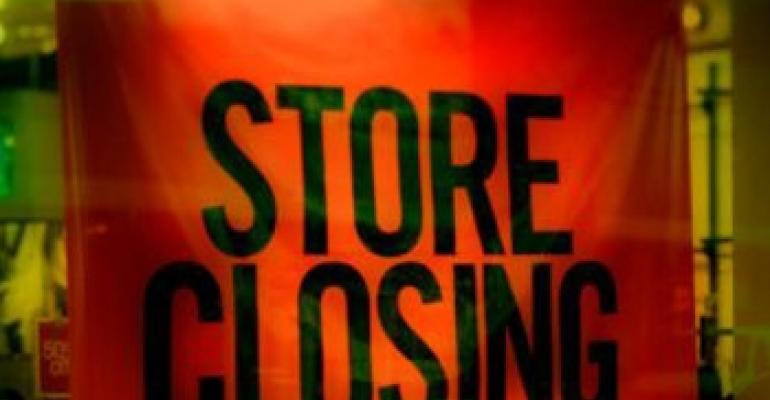
The retail real estate industry will face another slow growth year in 2011, though the pace of store openings will gradually improve throughout the coming months, industry insiders predict.
Given the current brisk pace of holiday sales and availability of vacant storefronts at affordable rents, retailers with cash in their coffers will step up expansion announcements in 2011, says John Bemis, executive vice president and director of leasing and development with Jones Lang LaSalle Retail, an Atlanta-based third party property manager. In 2009 and 2010, store openings decreased slightly year-over-year for both the Jones Lang LaSalle portfolio and the U.S. retail sector overall, he notes. But starting next year, many discretionary retailers will finally be in a position to open new stores.
Ann Taylor, for instance, plans to open 40 new stores in 2011, compared to only five in 2010. Sterling Jewelers expects to open 25 new stores—the “first real expansion in the jewelry segment” since the recession struck, Bemis says. Other retailers that plan to step up expansion campaigns in 2011 include Family Dollar, Dollar General and Uniqlo.
Overall, U.S. retailers plan to open more than 65,000 new stores in the next two years, according to research by Retail Lease Trac and RBC Capital Markets. The Retail Lease Trac and RBC numbers are based on a database of 2,000 retailers (although it excludes some larger chains like Walmart and Target).
That means in 2011, retailers will open approximately 35,000 new stores, estimates Rich Moore, an analyst with RBC Capital Markets who helps compile the report. Michael Wiener, president and CEO of Excess Space Retail Services Inc., a real estate disposition and lease restructuring firm, expects retailers to expand as well, but not as quickly. Weiner says retailers are likely to expand gradually, with about 20,000 new stores in 2011 and another 40,000 to 50,000 in 2012.
“I think people are just getting back into the marketplace and trying to understand what kinds of deals they can get,” Wiener says. “We still think things will be on a very slow upswing, but we do think that there will hopefully be at a minimum a slow and steady recovery in retail.”
Store closure projections
At the same time, Wiener expects that next year retailers will continue to shutter stores at roughly the same pace as in 2010, or that store closings will decrease only slightly year-over-year. Through the third quarter of 2010, retailers closed approximately 4,680 stores, according to ICSC statistics. That puts the industry on pace to surpass 2009’s total of 4,811, but finish below the 2008 peak of 6,913 closings.

The figure for 2010, however, should come in below predictions offered at the beginning of the year, when many in the retail industry thought retailers might close up to 8,000 stores this year.
Even if store closures remain at the same level in 2011 as this year, it could still be a positive trend for retailers, notes Andy Graiser, co-president of DJM Realty, a Gordon Brothers Group company which specializes in strategic real estate solutions, dispositions and valuations.
Most of the closings will likely involve underperforming stores that have failed to meet retailers’ return hurdles and so dropping them will contribute to the companies’ financial health. In addition, some retailers might shutter new concept divisions that haven’t performed to expectations, returning instead to their core brands.
“I don’t see chains closing down, I just think you will see a lot more pruning,” Graiser says. “Pruning is helpful because companies are being disciplined on what their hurdle rates need to be and that makes them much healthier and stronger.”
Graiser predicts that store closings in 2011 will total about the same as in 2010. Bemis, on the other hand, thinks closings might return to 2005 levels, when the industry closed 4,269 stores.
Path to recovery?
There is greater consensus around the notion that the recovery in the leasing market will be a slow, labored one, with retailers no longer beholden to the whims of Wall Street. Instead, even publicly traded chains will open only as many locations as they consider prudent for their bottom line, only in those centers they feel they can afford.
“There is a general feeling that the market has stabilized, but the recovery is going to drag on for a reasonable amount of time,” says Matthew Bordwin, principal and managing member of Keen Consultants, a Melville, N.Y.-based real estate consulting and restructuring firm. “Most retailers don’t have significant store opening plans and those that do are being very conservative. And so there still remains a large amount of empty space on the market and few retailers that are expanding at a meaningful pace.”

